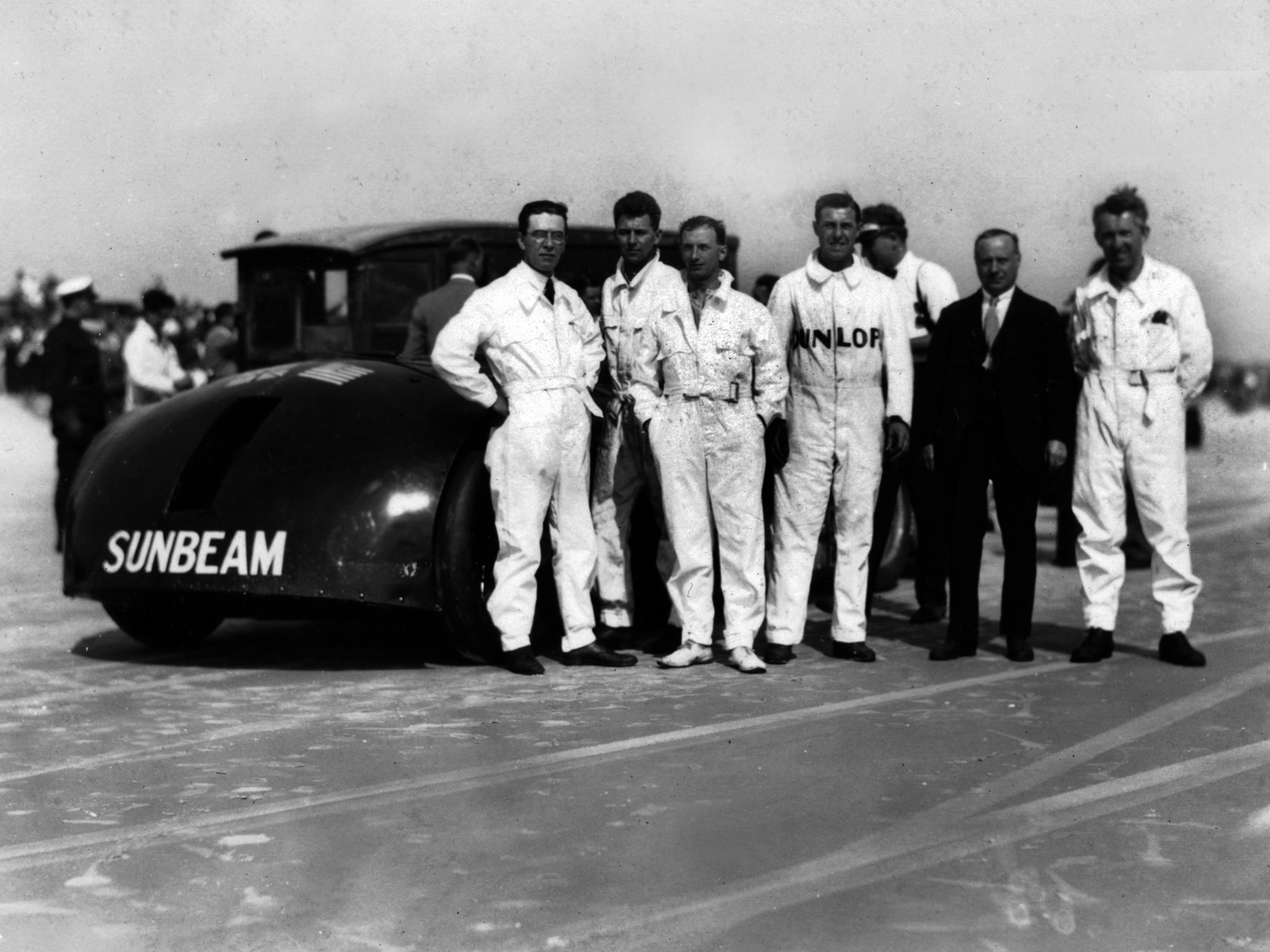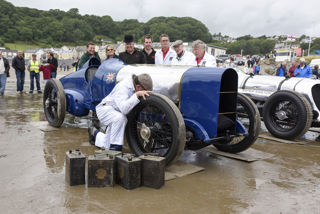
Work on the rear engine of the Sunbeam 1000hp begins
02 March 2017
The National Motor Museum’s engineers are hard at work restoring the Sunbeam 1000hp’s rear engine, building on knowledge gained from previous projects like the Sunbeam 350hp. As the car marks its 90th anniversary, the goal is to have the engine running in a test frame, with hopes of fully restoring the vehicle in the future.
It took 18 months of painstaking work for the museum engineers to free off and disassemble the rear engine. We had struck just in time and it was possible to salvage the engine and halt and even reverse the deterioration.
Following the great work the museum engineers had achieved in restoring the 18.23-litre V12 engine in our 1920 Sunbeam 350hp, techniques and knowledge had been acquired by the team. So we knew it would be relatively straightforward to continue the work on the 1000hp’s rear engine and to return it to running condition.

Skills learnt in the restoration of the 1920 Sunbeam 350hp will be invaluable for the National Motor Museum’s current engine rebuild project.
The team of engineers ran the car again at Pendine Sands where it set a world record.
Work is now well underway and during this 90th anniversary year of the car achieving its Land Speed Record, the engineers are busy rebuilding the car’s rear engine so that it can run again while mounted in a test frame.
Once this momentous goal has been achieved, work can then start on the car’s front engine. During this second rebuild, we will be in a position to make decisions about returning the car to full running order so that we can drive it again in the future.

Subscribe for updates
Get our latest news and events straight to your inbox.